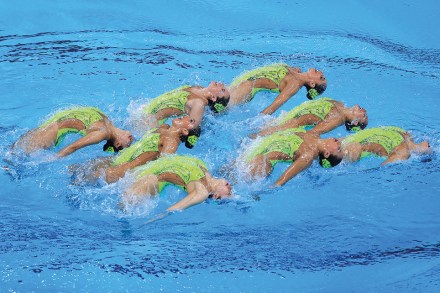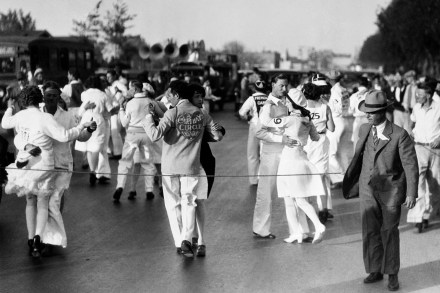Menacing masterpieces: Voices of the Fallen Heroes and Other Stories, by Yukio Mishima
The catalogue of 20th-century writers who committed suicide is long and sad: Sylvia Plath and Virginia Woolf, Ernest Hemingway and Sarah Kane, Stefan Zweig and Marina Tsvetaeva, to name only a few. Yet even amid this litany of literary misery, one name stands out for being perhaps more famous for their death than their work: Yukio Mishima (1925-70), who attempted a military coup before performing ritual suicide – hara-kiri – in the immediate aftermath of its failure. His long-planned, stage-managed, ostentatious and disturbing demise is not unconnected to his work, but it has dominated discussion of the writer ever since, significantly overshadowing his achievements – which were considerable, and led








